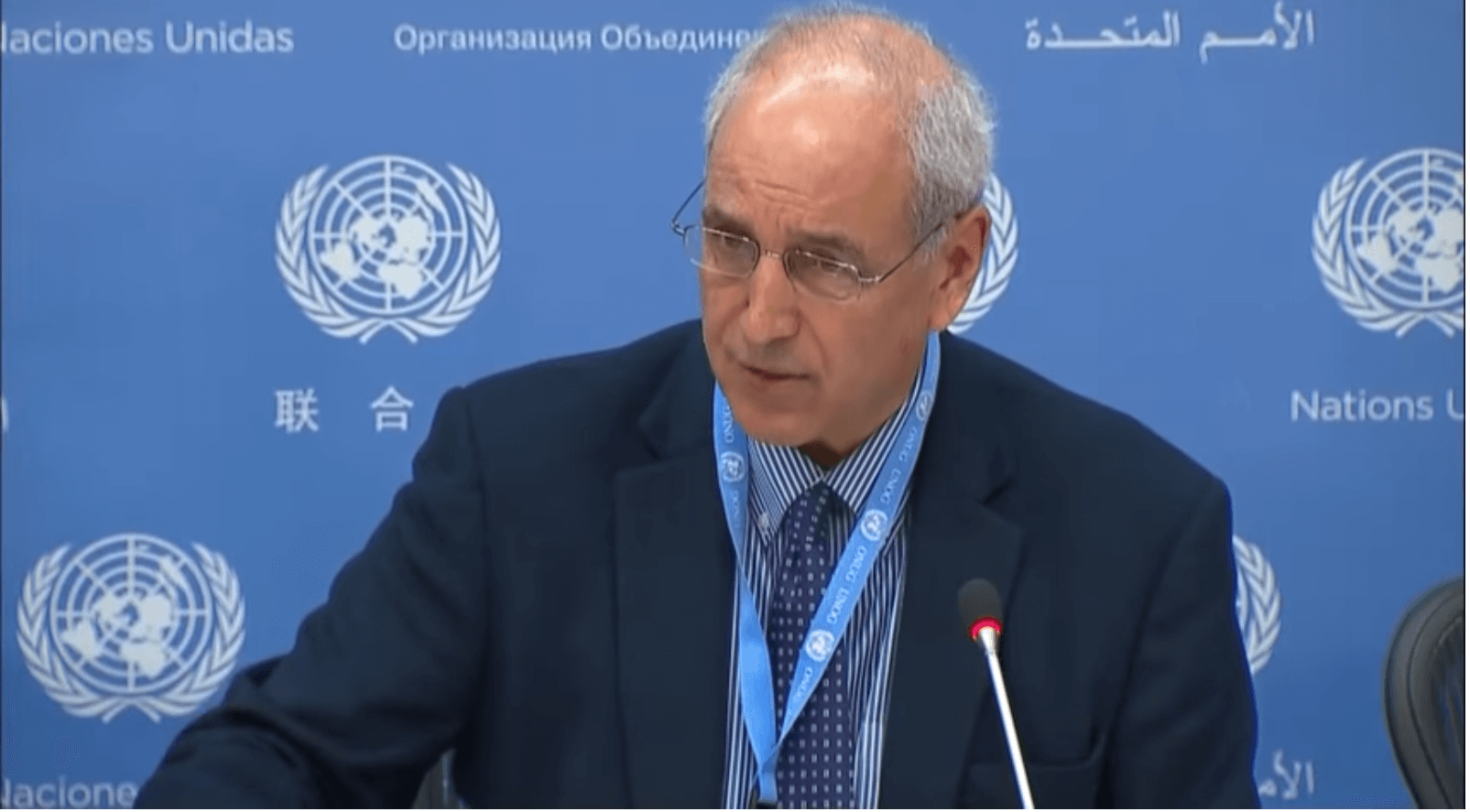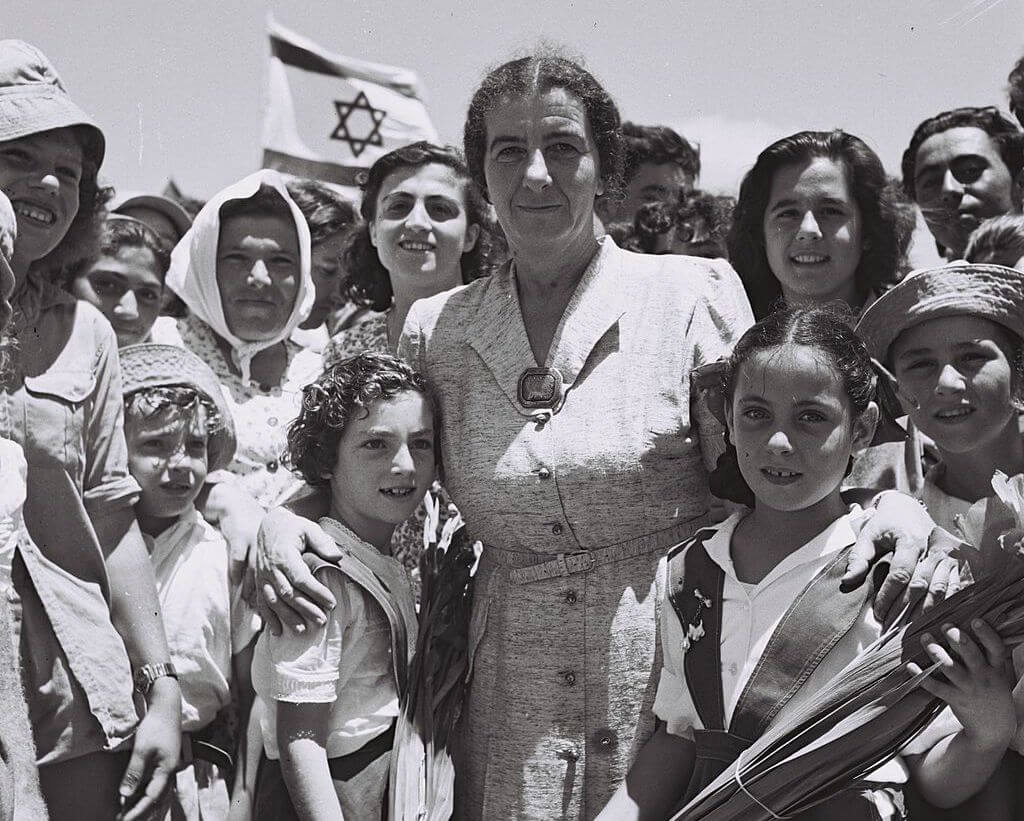Richard Hardigan reports, “Murad Shteiwi and his family live in Kufr Qaddum, a small village located in the northern half of the Israeli-occupied West Bank. He is the head of the Kufr Qaddum Popular Committee and a chief protest organizer. His village is surrounded by Israeli settlements, for whose benefit much of Kufr Qaddum’s land has been confiscated. Shteiwi told the Electronic Intifada in 2011 that he estimated 58 percent of the village’s land had been appropriated by Kedumim, the closest settlement.
Last week the UN’s rapporteur on the occupied territories called for sanctions against Israel in a report saying Israel has “driven Gaza back to the dark ages” due to denial of water and electricity and freedom of movement. Michael Lynk went on that there is a “darkening stain” on international law because other countries have treated the occupation as normal, and done nothing to resist Israel’s “colonial ambition par excellence,”
Gideon Levy has described Zionism as “Israel’s fundamentalist religion.” But what happens to those Israelis who reject it? Jonathan Ofir describes his journey away from Zionism, and the societal exclusion that befalls those who drift away from the ethos.
When Israel supporters learned of Tom Suarez’s speaking tour in the U.S., they rushed to malign him, describing his work as “dripping with racial hatred against Jews.” And history faculty at UMass characterized him as an “amateur author.” Despite these efforts, Suarez spoke at UMass and Columbia and the Jerusalem Fund too.
PEN International believes that Dareen Tatour is being targeted for her peaceful exercise of her right to free expression and continues to call for her immediate and unconditional release one year after campaigning for her on the Day of the Imprisoned Writer 2016.
Zionism and white nationalism are birds of a feather. Their exclusive concerns for survival have the religious zeal of people who believe themselves to be chosen, wrapped tidily in the “scientific” racism of social Darwinism. It is no surprise then that Zionism could be used to justify and reinforce the ideologies of the far right and white supremacy as they re-emerge in the West in the early 21st century.
Jaclynn Ashley reports for Al Jazeera on the Barghouti marriage: “Fadwa and Marwan grew up together in the village of Kobar, outside of Ramallah city. Fadwa’s family was one of few in the village where their daughter continued her education in the city past the sixth grade, and she was the first woman in her village to obtain a driver’s license. At the age of 18, she became the youngest founding member of the Women’s Union for Social Work, which she now heads. The group works to increase the participation of women in the Palestinian resistance movement. Marwan, meanwhile, began a five-year sentence in Israeli prison when he was 18. Fadwa was just 14 at the time. A few years into his jail term, he sent a message to Fadwa through a recently released prisoner: ‘He told me that Marwan loves me and that he wants me to wait for him.’ When Marwan was finally released, his marriage proposal was anything but typical.
Musicians Roger Waters, Thurston Moore and Tunde Adebimpe, poet Michael Rosen, philosopher Judith Butler and political activist Angela Davis are among many high profile figures who have called on Nick Cave and the Bad Seeds to cancel their concerts in Tel Aviv on November 19 and 20 this year.
The Jenin Freedom Theatre production of The Siege, which featured Palestinian resistance fighters, was an unmitigated triumph in October in New York. It brought in an audience of 3500 over 10 performances; it drew scarcely any of the attacks/demonstrations/official smears that were anticipated, thereby completely vindicating NYU’s brave decision to go forward in spite of inside pressure; and it gave the Palestinian production company the thrilling realization that they were welcome at last in the American cultural scene.
Sixty-seven words. That is the full extent of the Balfour Declaration, and yet few documents have had as devastating an impact as this historical document. Still, Nada Elia writes that the cursory nature of its wording indicates a twentieth-century awareness that the dispossession of the Palestinian people was already considered anachronistic when the declaration was written 100 years ago.









